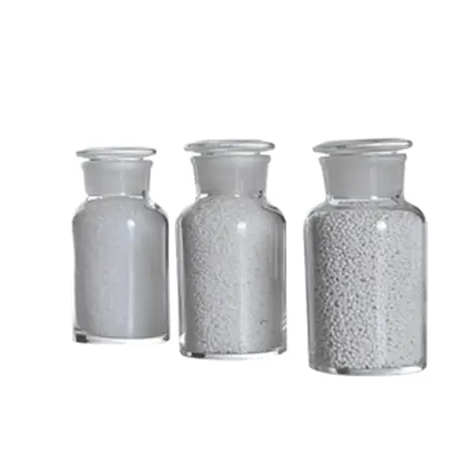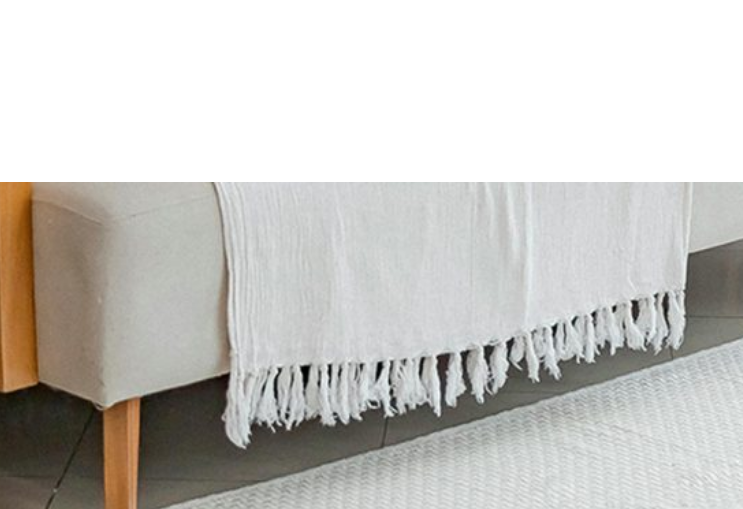
BLOG
Why Nylon Chips Spandex Yarn Are Key to Modern Textiles
Have you ever wondered how your favorite activewear, sports clothing, or even your socks achieve that perfect balance of comfort, stretch, and durability? The answer lies in the unsung heroes of the textile industry: nylon chips and spandex yarn. These materials are at the heart of some of the most advanced and high-performance fabrics used in modern apparel. But what exactly are they, and why are they so essential to the fabrics that we rely on daily?

Understanding Nylon Chips Spandex Yarn: A Critical Partnership in Textile Manufacturing
Nylon Chips Spandex Yarn play a pivotal role in the creation of textiles with enhanced properties such as flexibility, strength, and comfort. Nylon, a synthetic polymer, is widely used in fabric production due to its excellent durability, resistance to abrasion, and elasticity. Spandex yarn, known for its incredible stretchability, is often blended with other fibers to provide that extra stretch required in athletic wear, leggings, swimsuits, and more.
Nylon chips are the raw material used in the production of nylon fibers. These chips are transformed into fibers through a process called melt spinning, where the chips are heated and extruded into long threads. These threads are then used to create various types of yarn, including spandex yarn, which is renowned for its superior elasticity and recovery. Spandex itself is a fiber made primarily from polyurethane, but it often relies on nylon chips for the production of durable, long-lasting yarns.
This combination of nylon chips and spandex yarn has revolutionized the textile industry by enabling the production of fabrics that are strong, stretchy, and versatile—qualities that are particularly important in the manufacture of activewear and performance textiles.
Nylon Chips vs. Polyester Chips: Which Is Better for Spandex Yarns?
When choosing materials for textile production, manufacturers often face a dilemma: nylon chips or polyester chips? Both materials have their benefits, but each serves a different purpose depending on the end-use of the fabric.
Nylon Chips: Durability and Elasticity Nylon chips are typically preferred for producing spandex yarn due to their strength, resistance to wear and tear, and elasticity. They provide the flexibility and durability needed for applications that require long-lasting performance, such as sportswear, underwear, and industrial textiles. Additionally, nylon fibers can withstand higher temperatures than polyester, making them suitable for demanding environments.

Polyester Chips: Cost-Effectiveness and Versatility chips, on the other hand, are often chosen for their lower cost and versatility. Polyester fabrics are resistant to wrinkles and fading, making them an excellent option for everyday wear and easy-care garments. While they offer some degree of elasticity, polyester does not match nylon in terms of strength and stretchability, which is why nylon is often the preferred choice when paired with spandex for active and performance wear.
The choice between nylon chips and polyester chips ultimately depends on the desired properties of the final product. For spandex yarns, which demand high stretch and durability, nylon chips are often the superior option.
6 10 Nylon Chips: A Versatile Solution for Spandex Yarn Production
One specific type of nylon chip that stands out in the industry is 6 10 Nylon Chips Raw White. This material is widely used in the production of nylon fibers, especially for applications that require a high degree of strength, elasticity, and flexibility. Available in various finishes—bright, semi-dull, and full-dull—these chips cater to a broad range of textile needs, offering both functional and aesthetic qualities.
Bright Nylon Chips (BR) Bright nylon chips are characterized by their transparency and high brightness, achieved through 0% TiO2 (titanium dioxide) content. This finish results in a clear, vibrant appearance, making it an ideal choice for applications where clarity and brightness are essential, such as high-quality fashion and sportswear fabrics.
Semi-Dull Nylon Chips (SD) With 0.3% TiO2 content, semi-dull nylon chips offer a softer, milk-white finish. This option strikes a balance between brightness and opacity, making it ideal for products that require a gentler, less reflective appearance. It’s commonly used in applications like hosiery, shirts, and other textile products where a softer visual effect is desired.
Full-Dull Nylon Chips (FD) Containing 1.6% TiO2, full-dull nylon chips provide a matte, beige-white appearance. This finish is perfect for applications requiring a subdued, non-reflective look, such as industrial textiles or garments that demand a more neutral tone. The full-dull finish is ideal for uses like tire cords, parachutes, and other high-performance industrial textiles.
The versatility of 6 10 Nylon Chips Raw White makes it an excellent choice for producing spandex yarns, offering manufacturers a range of options to meet the functional and aesthetic needs of various applications.
How Nylon Chips Spandex Yarn Meet Industrial Needs
Industries across the globe rely on the unique combination of nylon chips and spandex yarn to meet various performance demands. Whether it’s in the creation of high-performance sportswear, industrial textiles, or everyday consumer apparel, the partnership between nylon and spandex delivers exceptional results.
Activewear and Performance Fabrics The most visible application of nylon chips and spandex yarn is in activewear. Leggings, compression garments, swimsuits, and athletic shorts all rely on the stretch and durability provided by nylon chips and spandex yarn. These materials provide the perfect balance of elasticity and strength, ensuring that garments maintain their shape, support the body’s movements, and withstand repeated use and washing.
Industrial Textiles Beyond fashion, the combination of nylon chips and spandex yarn is essential in various industrial sectors. Applications such as tire cords, canvas, parachutes, and safety belts demand materials that offer both stretch and strength. Nylon, when blended with spandex, provides the necessary durability and resilience required in these challenging environments. Additionally, nylon fibers are resistant to abrasion, which is crucial for applications exposed to heavy wear.
Sustainability Challenges As demand for sustainable textiles grows, manufacturers are facing the challenge of producing nylon chips and spandex yarn in a way that minimizes environmental impact. Traditional nylon production can be energy-intensive and involve petrochemical-based processes. However, advances in recycling technologies and the development of bio-based nylon alternatives offer hope for reducing the carbon footprint of these materials. The textile industry is gradually moving toward more eco-friendly solutions, but nylon and spandex yarns remain integral to modern fabric innovation.
The Future of Nylon Chips Spandex Yarn in Textiles
The partnership between nylon chips and spandex yarn is more relevant than ever. As the textile industry continues to evolve, these materials will remain at the forefront of innovation, enabling the creation of garments that are stronger, more flexible, and more comfortable than ever before. From performance wear to everyday fabrics, nylon chips, and spandex yarn will continue to shape the future of textiles.

As manufacturers like Highsun continue to refine and innovate in the production of nylon chips and spandex yarn, the potential for even more advanced, sustainable, and high-performing textiles is limitless. The future is bright for this dynamic duo, and as technology advances, the role of nylon chips and spandex yarn will only grow more crucial in the world of modern textiles.
Conclusion: Why Nylon Chips and Spandex Yarn Matter
In today’s fast-paced, performance-driven world, the combination of Nylon Chips Spandex Yarn is indispensable to the textile industry. These materials offer unparalleled strength, elasticity, and versatility, meeting the demands of everything from high-performance activewear to industrial applications. As the textile industry continues to evolve, the partnership between nylon chips and spandex yarn will remain a cornerstone of innovation and sustainability, driving the future of fabric development for years to come.
LET'S TALK TOGETHER
Lorem ipsum dolor sit amet, consectetur estor adipi isicing elit, sed do eiusmod tempor este uterre incididui unt ut
